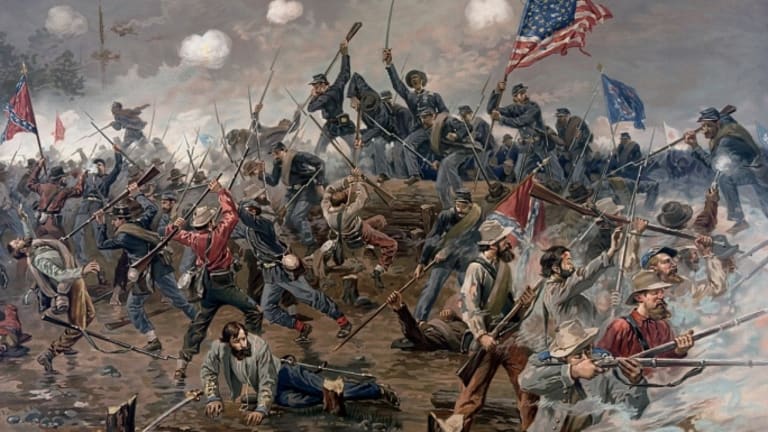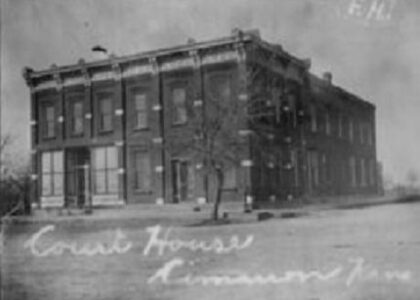Welcome to the historical grounds of the Overland Campaign, a pivotal chapter in the American Civil War. As you traverse this storied terrain, let’s unravel the events that unfolded here and the figures who shaped its legacy.
The Overland Campaign, initiated in May 1864, was a series of brutal battles between the Union Army, led by General Ulysses S. Grant, and the Confederate Army under General Robert E. Lee. This campaign marked a shift in military strategy, aiming to relentlessly engage Lee’s forces and deplete their resources. As you stand here, imagine the vast armies maneuvering through the dense forests and treacherous terrain, with each side vying for control in a war that had already torn the nation apart for three years.
This region bore witness to some of the most intense and bloody clashes of the Civil War, including the battles of the Wilderness and Spotsylvania Court House. The Battle of the Wilderness, fought in early May 1864, was characterized by chaotic combat in a dense forest, where visibility and communication were severely hindered. The fighting was so fierce that the woods caught fire, engulfing wounded soldiers and adding to the horror of the battlefield.
Following this, the Battle of Spotsylvania Court House saw some of the most grueling combat of the campaign, with the infamous ‘Bloody Angle’ earning its name from the relentless hand-to-hand fighting that took place over several days. The brutal nature of these engagements epitomized the harsh realities of the Overland Campaign and the Civil War as a whole.
Notable figures who left their mark on this campaign include General Grant, whose determination to maintain constant pressure on Lee’s forces was a departure from previous Union strategies. Grant’s resolve was crucial in the eventual Union victory, despite the heavy casualties his armies suffered.
General Lee, a revered military tactician, faced the daunting task of defending the Confederacy against Grant’s unyielding assaults. His leadership was instrumental in prolonging the Confederate resistance, demonstrating his strategic acumen even as his resources dwindled.
Over time, the Overland Campaign became a symbol of the Union’s relentless pursuit of victory and the immense sacrifices made by both sides. The campaign paved the way for the Siege of Petersburg and ultimately the fall of Richmond, leading to the end of the Civil War in April 1865.
Today, the battlefields of the Overland Campaign serve as poignant reminders of the conflict that defined a nation. As you explore this historic site, reflect on the courage and resilience of those who fought here and the enduring impact of their struggles on American history.





